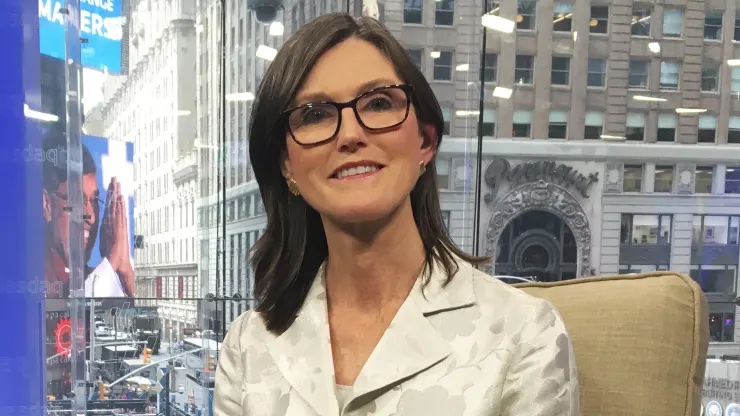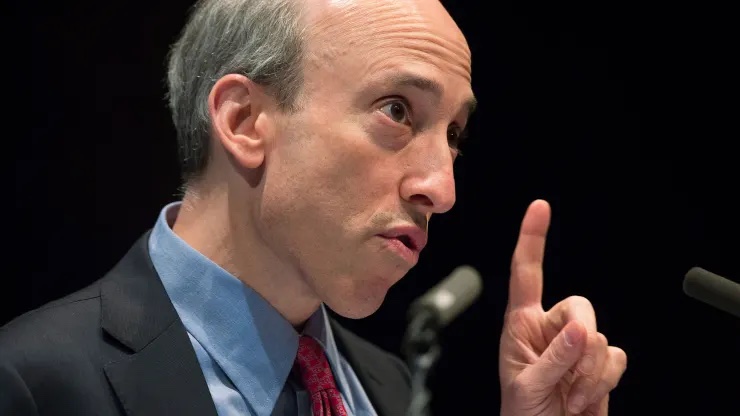SEC meets Fidelity and BlackRock for Bitcoin ETF approval. Asset management giant Fidelity recently engaged with the SEC in a pivotal meeting on December 7. The focus of the discussion was Fidelity’s proposed spot Bitcoin ETF. In their presentation, titled “Bitcoin ETF Workflows,” Fidelity detailed “In-Kind” creation and redemption models.
Efficiency through Physical Creations
According to the presentation, “Arbitrage and hedge are more efficient with physical creations.” Moreover, Fidelity advocates for allowing physical creation and redemption, asserting it is crucial to enhance trading efficiency and secondary market pricing for all participants. The self-clearing ETF market maker firms play a crucial role in facilitating efficient arbitrage.
Market Anticipation and Regulatory Focus
Furthermore, the meeting comes at a time when Bitcoin’s price has seen a surge, as the market anticipates the SEC’s decision on proposed spot ETFs after their X hint. Recent amendments and memos indicate regulators and asset managers are delving into technical aspects of how these funds would function if approved.
Disclosures and SEC’s Concerns
In an amended S-1 form filed with the SEC on Friday, Fidelity outlined key details about the proposed spot fund. Notably, the document emphasizes, “Note: Registered Broker Dealer entities do not touch the coin in any workflow,” addressing a critical concern of the SEC.
BlackRock’s Revised In-Kind Model Design
In a separate meeting on November 28, BlackRock discussed its proposed spot Bitcoin ETF with the SEC. The asset manager presented a “Revised In-Kind Model Design,” acknowledging the SEC’s unresolved questions. These questions pertain to balance sheet impacts and risks to the Market Maker’s U.S. Registered Broker/Dealer entity during the redemption flow.
As the SEC continues its scrutiny and industry leaders navigate technical intricacies, the crypto community watches closely, awaiting potential breakthroughs in the process.











